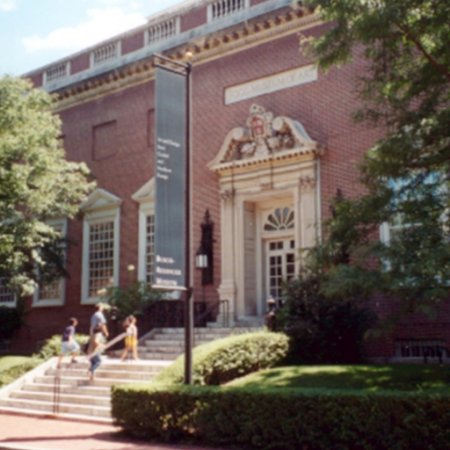Middle Panel, Collective Agony (1928). Encaustic on canvas. 183 x 102. The central panel depicts a dark, almost surreal landscape under a brooding sky, where a solitary tree looms over a barren, desolate terrain. At its base, a figure is seen sitting in isolation, lost in deep thought or despair. This panel evokes the external manifestation of melancholy, where the natural world mirrors the emotional desolation of the subject. The expansive, empty space surrounding the figure reflects a feeling of being overwhelmed by one’s own emotions, isolated from the world around them, and disconnected from both nature and society. The barren tree, with no leaves, symbolizes the loss of vitality or hope. Karl Zerbe's Melancholia Triptych is a powerful exploration of human emotion, particularly the complexities of sadness and despair. The triptych, composed of three distinct panels, delves into themes of isolation, collective suffering, and the potential for hope. Each panel contributes to the overall narrative, creating a visually striking and emotionally resonant artwork. Zerbe, a prominent figure in the Boston Expressionist movement, was renowned for his emotionally charged and often dark and grotesque imagery. His work frequently explored themes of isolation, anxiety, and the human condition. Zerbe's style, characterized by bold lines, distorted forms, and a rich palette, was deeply influenced by German Expressionism and the psychological realism of artists like Edward Munch. His paintings often feature solitary figures, grotesque faces, and symbolic landscapes, reflecting the artist's own inner turmoil and the broader anxieties of the 20th century. Zerbe was a German-born American painter and educator. Zerbe's painting Beacon Hill, held by the Detroit Institute of Arts Zerbe was born on September 16, 1903, in Berlin, Germany. The family lived in Paris, France, from 1904 to 1914, where his father was an executive in an electrical supply concern. In 1914 they moved to Frankfurt, Germany where they lived until 1920. Zerbe studied chemistry in 1920 at the Technische Hochschule in Friedberg, Germany. From 1921 until 1923 he lived in Munich, where he studied painting at the Debschitz School, mainly under Josef Eberz. From 1924 until 1926 Zerbe worked and traveled in Italy on a fellowship from the City of Munich. In 1932 his oil painting titled, 'Herbstgarten'', of 1929, was acquired by the National-Galerie, Berlin; in 1937, the painting was destroyed by the Nazis as Degenerate art. From 1937 until 1955, Zerbe was the head of the Department of Painting, School of the Museum of Fine Arts, Boston. In 1939 Zerbe became a U.S. citizen and the same year for the first time he used encaustic. He joined the faculty in the Department of Art and Art History at Florida State University in 1955, where he taught until his death. He was grouped together with the Boston artists Kahlil Gibran, Jack Levine and Hyman Bloom as a key member of the Boston Expressionist school of painting, and through his teaching influenced a generation of painters, including, among others, David Aronson, Bernard Chaet, Reed Kay, Arthur Polonsky, Jack Kramer, Barbara Swan, Andrew Kooistra, and Lois Tarlow.
more...




